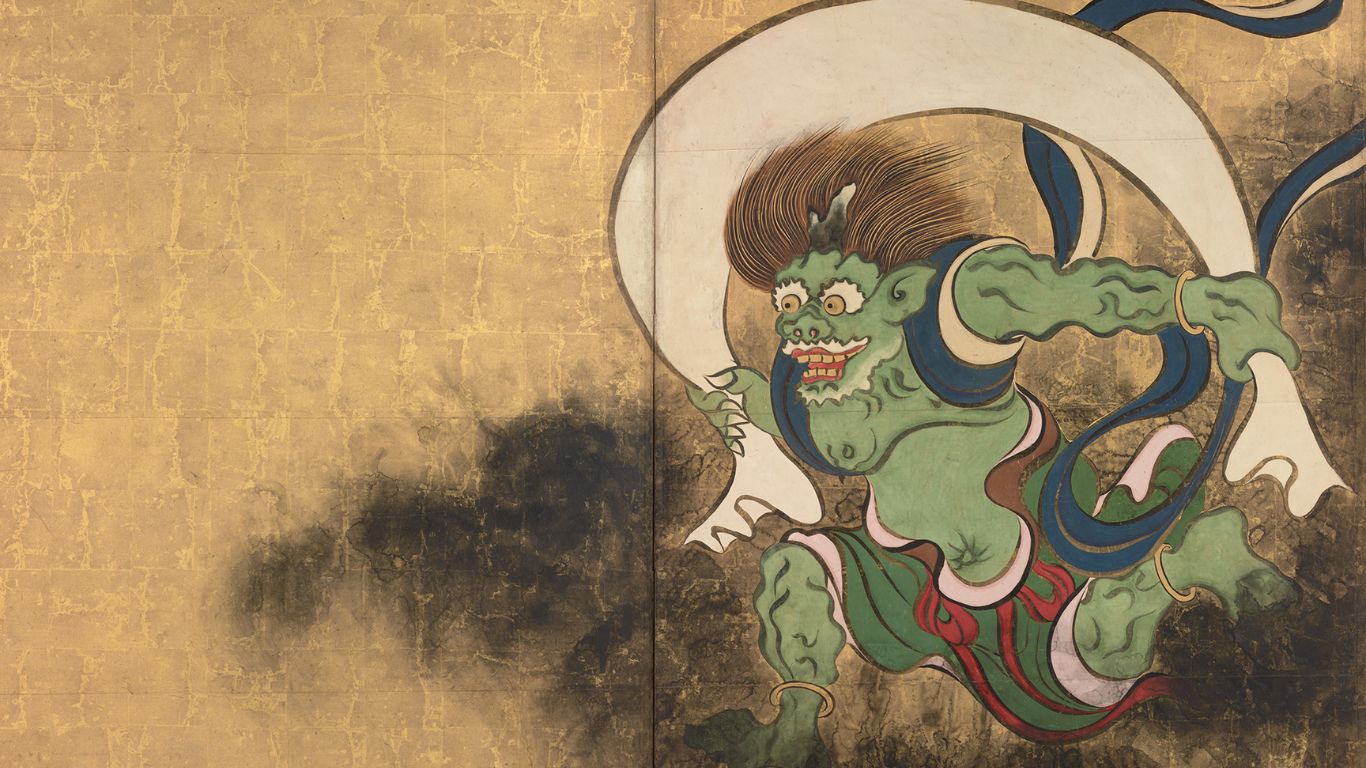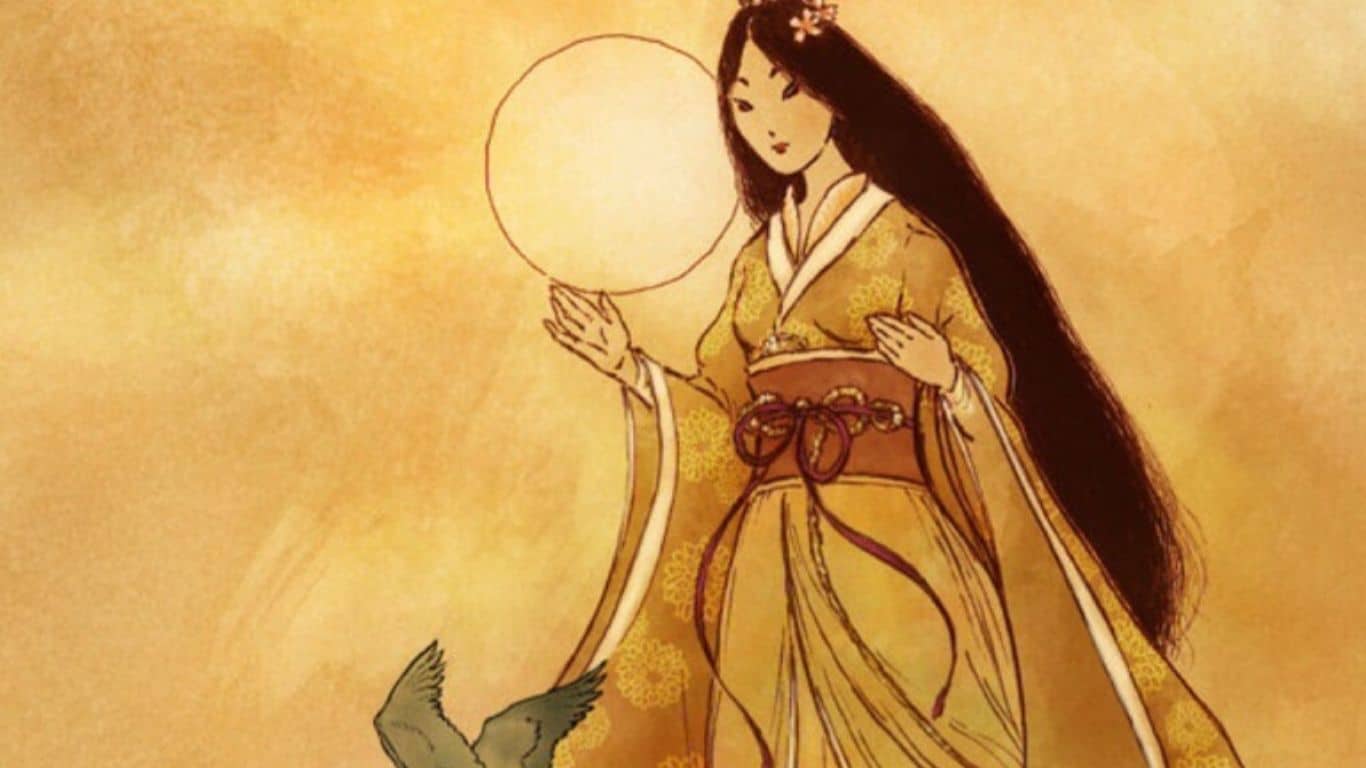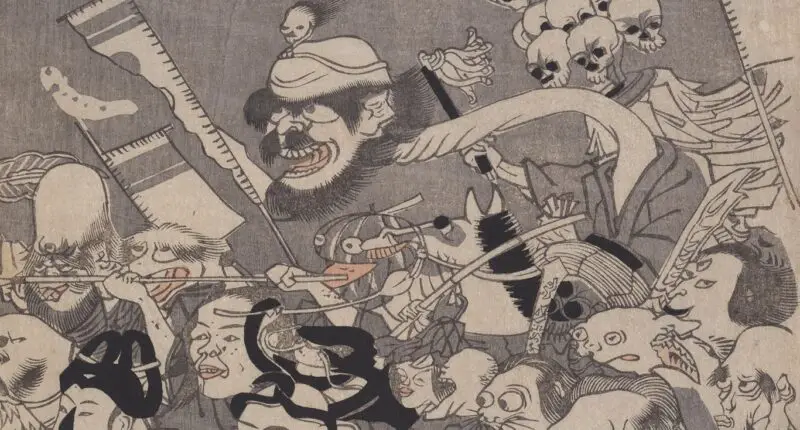Japan’s myths are vibrant in storytelling, which are filled with fascinating characters and captivating adventures. These epic tales have been passed down through generations and have deeply influenced the country’s culture and spirituality. From the creation of the land and its gods to the origins of death and the afterlife, these myths provide a glimpse into the ideals and beliefs of ancient Japan. Here we will know the epic tales of Japan’s ancient myths.
The Epic Tales of Japan’s Ancient Myths
Izanami and Izanagi

Izanami and Izanagi are two important gods in Japanese mythology who play a big role in the creation story of Japan. According to the myth, they stood on the floating bridge of heaven and used a spear to create the first island of Japan. Then they moved to the island and got married. They had children who became the gods of the land and sea, as well as the gods of the different islands of Japan.
However, Izanami died during childbirth and went to the underworld. Izanagi couldn’t bear to be apart from his wife and decided to go to the underworld to bring her back. But when he saw her appearance, he was shocked and ran away, causing Izanami to chase after him. In the end, Izanagi managed to escape but Izanami was trapped in the underworld.
This myth is significant in Japanese culture because it explains the creation of the land, its gods, and the start of death and the afterlife. It also shows the importance of balance between male and female forces in creation and the connection between life and death. The myth continues to be a significant part of Japanese culture and is still widely studied and respected today.
Amaterasu: The sun goddess

Amaterasu, the sun goddess, is one of the most important and revered deities in Japanese mythology. According to the myth, she was born from the left eye of Izanagi, the creator god, after he washed himself following his visit to the underworld. As the goddess of the sun and the bringer of light, Amaterasu was responsible for bringing warmth and life to the earth.
Amaterasu was seen as the ancestor of the imperial family, and her shrine at Ise was considered the most sacred in all of Japan. She was depicted as a beautiful and benevolent deity who was loved and respected by all, but also tended to withdraw from the world due to her pride.
This happened after her brother, Susanoo, the god of the sea and storms, caused chaos and destruction in her kingdom. To lure Amaterasu back from her hiding place in a cave, the other gods and goddesses held a celebration outside the cave and danced, which eventually caused Amaterasu to peek out and see her own reflection in a mirror. She was so captivated by her own beauty that she came out of the cave and returned to her role as the sun goddess.
Susanoo

Susanoo, also known as the princely hero, is a god in Japanese mythology and is considered one of the most important figures in Japanese folklore. He is the god of the sea and storms, and is known for his cunning and bravery.
According to the legend, Susanoo was once a prince who was cast out of the heavens due to his mischievous and troublesome behavior. He eventually found his way to the land of the gods, where he encountered Amaterasu, the sun goddess and his sister.
Susanoo was known for his cunning and bravery, and he used these qualities to his advantage in many of his adventures. For example, he defeated an eight-headed serpent that was terrorizing a kingdom, and he also defeated the evil goddess of death and the underworld, which allowed him to bring the spirit of the deceased back to the world of the living.
He was also known for his hot temper, and it was this temper that eventually caused him to be cast out of the land of the gods. Despite his mischievous behavior and impulsive nature, Susanoo was also considered a hero by many in Japanese folklore.
The Tale of the Bamboo Cutter

The story revolves around a bamboo cutter who discovers a tiny princess inside a bamboo shoot. He decides to raise her as his own daughter and name her Kaguya-hime. As Kaguya-hime grows up, she becomes renowned for her beauty, wisdom, and kind heart. Many suitors from far and wide come to seek her hand in marriage, but Kaguya-hime refuses them all. She explains that she is not of this world and must return to her home on the moon.
Eventually, Kaguya-hime is taken back to the moon by a group of celestial beings, and the bamboo cutter is left heartbroken. The story ends with a moral lesson about the fleeting nature of life and the importance of cherishing every moment.
The Tale of the Bamboo Cutter is considered one of the oldest and most important folktales in Japan, and it remains a popular story even to this day. The tale touches on themes of love, loss, and the transience of life, and its lessons continue to inspire and move generations of Japanese people.
The Shinto Creation

It is a central and foundational myth in the indigenous religion of Japan. It recounts the beginning of the world and the origin of the gods. According to the story, the universe was originally a chaotic and formless void. From this void, two gods emerged, Izanami and Izanagi, who were tasked with creating the world.
They stirred the chaos with a sacred spear, creating the first land mass, which became the islands of Japan. The two gods then gave birth to the gods of the land and sea, and their descendants went on to create the rest of the world.
The Shinto creation story is an important part of the religion, as it lays the foundation for the beliefs and customs of the Shinto people. It is a central narrative that provides a sense of identity and belonging, and it continues to be an important part of Japanese culture and heritage.
The story is also a reminder of the interdependence of all things and the importance of respecting the balance and harmony of the natural world. It is a timeless tale that continues to inspire and guide the people of Japan, and it remains an integral part of the Shinto religion to this day.
Momotaro

Momotaro was born from a giant peach that was found floating down a river by a childless old couple. The couple took the peach home and, when they cut it open, found a young boy inside. They named him Momotaro, which means “Peach Boy.”
As Momotaro grew up, he became known for his bravery and strength, and he decided to use these qualities to save his village from the demons and monsters that were causing trouble. He set out on a journey and along the way, he met three animal companions who helped him in his quest: a dog, a monkey, and a pheasant.Together, the group fought against the evil forces and eventually succeeded in their mission.
Momotaro became a hero and was revered for his bravery and strength. The story of Momotaro highlights the themes of courage, determination, and the power of friendship. It is a classic tale of good versus evil and is still retold to this day, inspiring future generations to embody the qualities of Momotaro and to be brave in the face of adversity.
The Legend of the Five Hundred Rabbits

The Legend of the Five Hundred Rabbits is a folktale that emphasizes the power of unity and cooperation. The story revolves around five hundred rabbits who band together to defeat a giant serpent that was terrorizing their village. This story highlights the message that working together as a team can lead to great success and that even small creatures can make a big difference when they work towards a common goal.
The story is filled with action and adventure, as the rabbits embark on a journey to defeat the serpent and save their village. The five hundred rabbits represent different strengths and abilities, and they come together to use their unique talents to defeat the enemy. This story teaches the value of cooperation and teamwork, and it encourages children to work together and support one another.
The Legend of the Five Hundred Rabbits is a timeless tale that has been passed down from generation to generation in Japan, and it continues to be popular among children and adults alike. It is a story that is both entertaining and educational, and it teaches important life lessons about teamwork, cooperation, and the power of unity.
Also Read: The Creation of the World in Greek Mythology



